(NLDO) - Two powerful observatories have joined forces to find eight cosmic objects hidden from Earth by brighter companions.
Combining the power of the European Southern Observatory's (ESO) GRAVITY instrument mounted on the Very Large Telescope in Chile and the European Space Agency's (ESA) Gaia sky-mapping satellite, scientists have discovered eight of the most difficult objects to observe in the universe.
These are five brown dwarfs and three other faint stars, which are hidden by light.
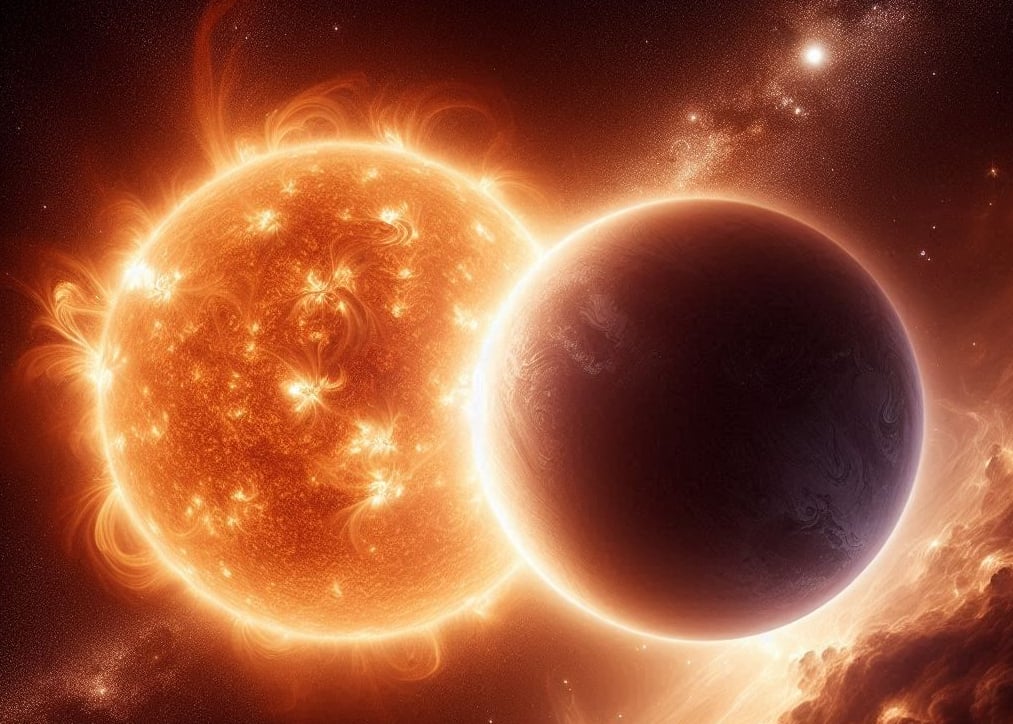
Eight cosmic objects "hidden" by companion stars have been identified - Photo AI: Anh Thu
It may sound counterintuitive, but in fact in a star system, planets and other objects located relatively far from the bright star are often predetermined.
Because, in many cases, a star that is so active will cast its bright halo over nearby objects, blinding telescopes.
In the new study, a team of scientists from ESO and ESA looked at hundreds of thousands of stars suspected of having companions, with initial data recorded by Gaia.
GRAVITY's uniquely sensitive and sharp "eyes" then helped filter out the bright halos around the suspected stars and identified eight bright stellar companions, seven of which were previously unknown.
According to SciTech Daily, three of them are very small and faint stars.
The remaining five are brown dwarfs, a type of cosmic object that hovers between the states of star and planet: too large to be considered planets and have some stellar properties, but too small to sustain nuclear fusion inside their cores like stars.
So, the brown dwarf can be considered a failed star, or a high-class planet.
One of the brown dwarfs discovered in this study orbits its companion star at a distance just shy of the Earth-Sun distance.
This is the first time a brown dwarf so close to its companion star has been imaged directly.
GRAVITY also measures the contrast between the companion star and the primary star over a range of wavelengths in the infrared.
Combined with estimates of their masses, this allowed the team to estimate their ages. Surprisingly, two of the brown dwarfs turned out to be less luminous than one would expect given their size and age.
A possible explanation for this could be that these failed stars themselves have an even smaller companion. However, it is unclear what kind of cosmic object that might be.
The power of the Gaia - GRAVITY pair demonstrated through this research offers another hope: Searching for small planets, located close to the parent star, hidden in the halo.
That type of planet includes rocky planets like our Earth. So this new path could also lead humanity to a world with life.
Source: https://nld.com.vn/lo-dien-8-the-gioi-bi-vui-lap-cua-vu-tru-196240625113614533.htm











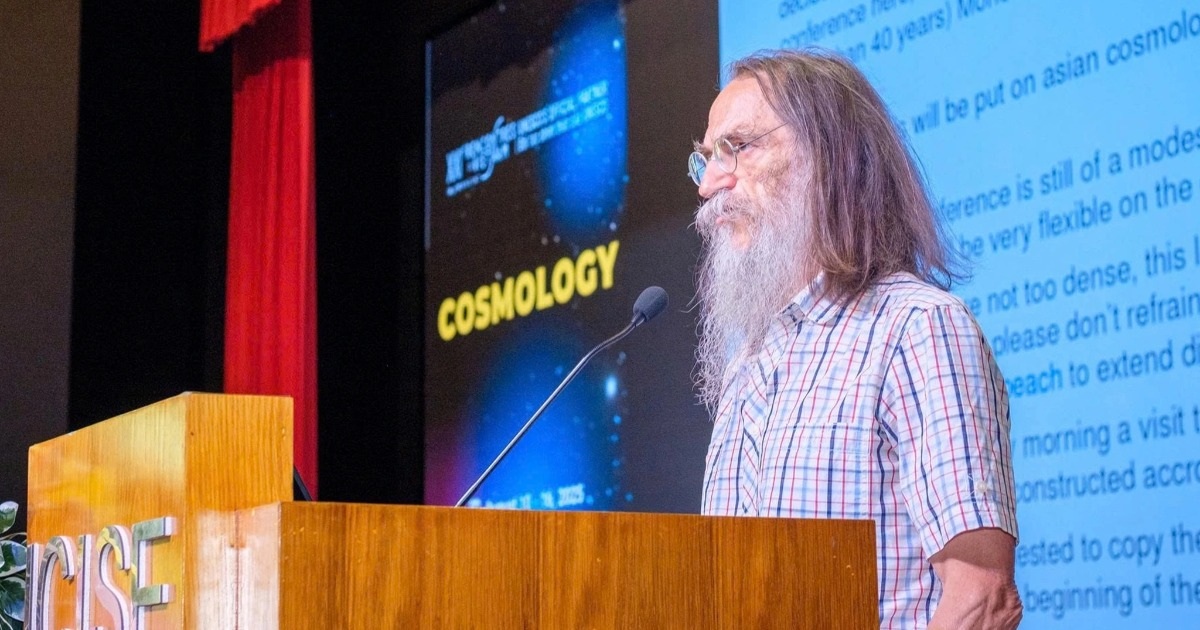

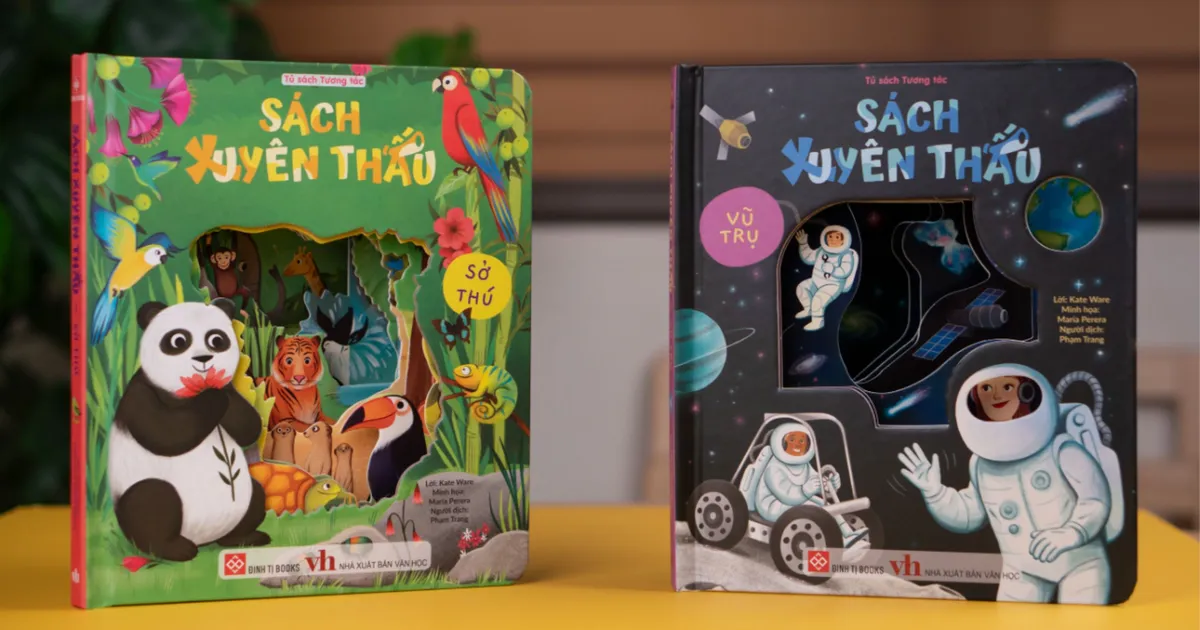

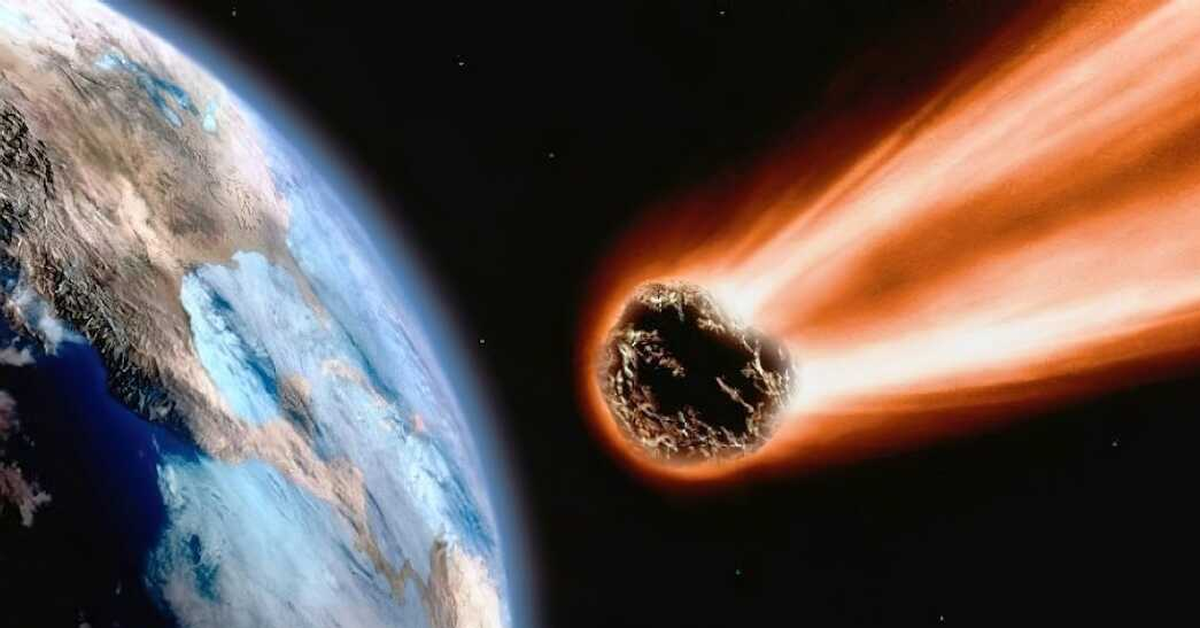

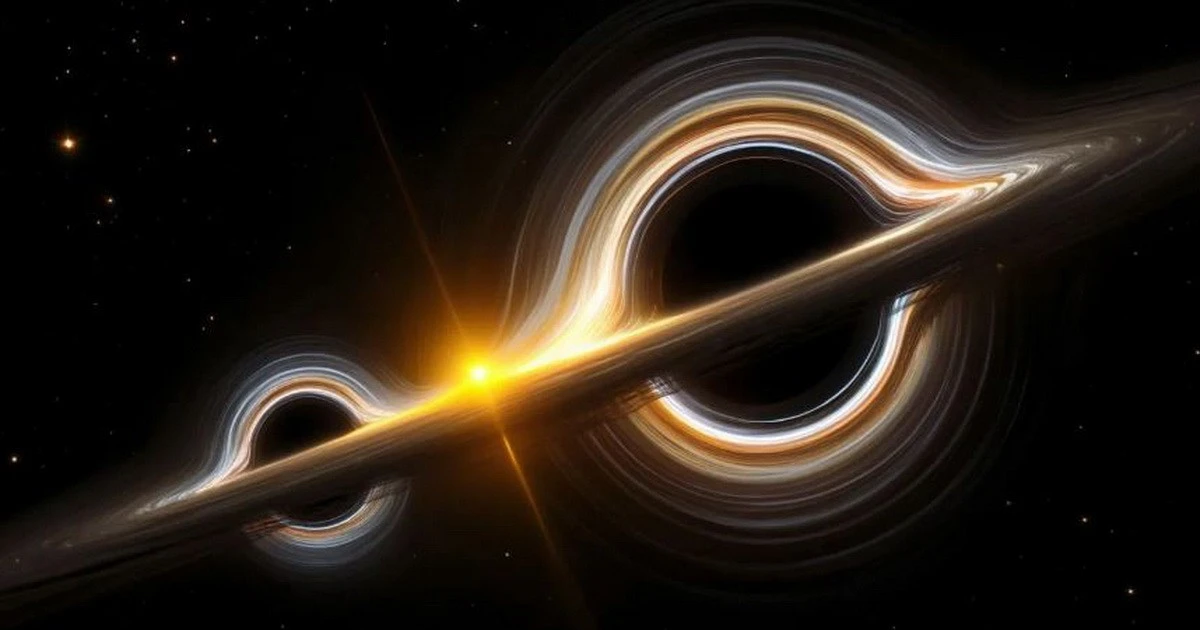























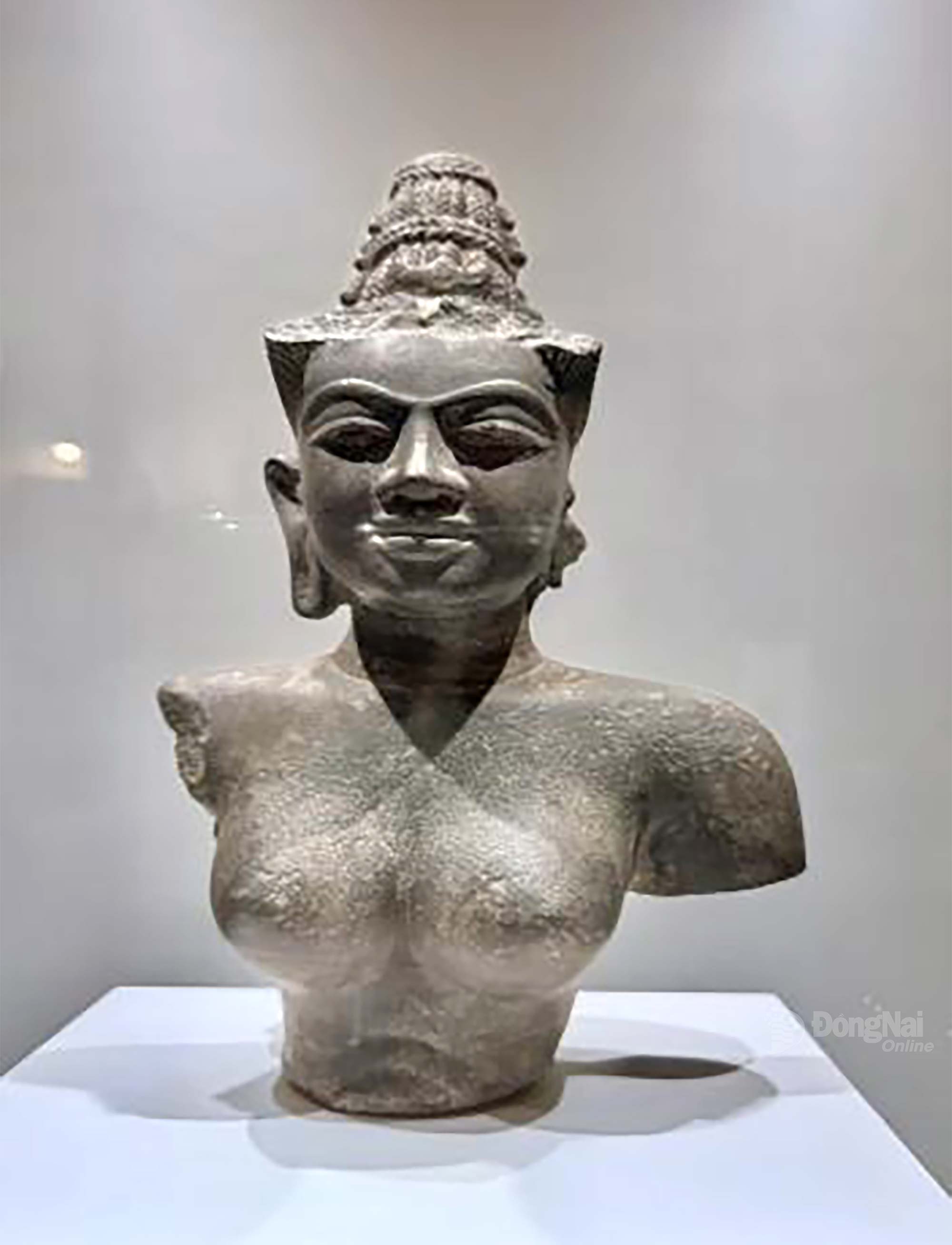

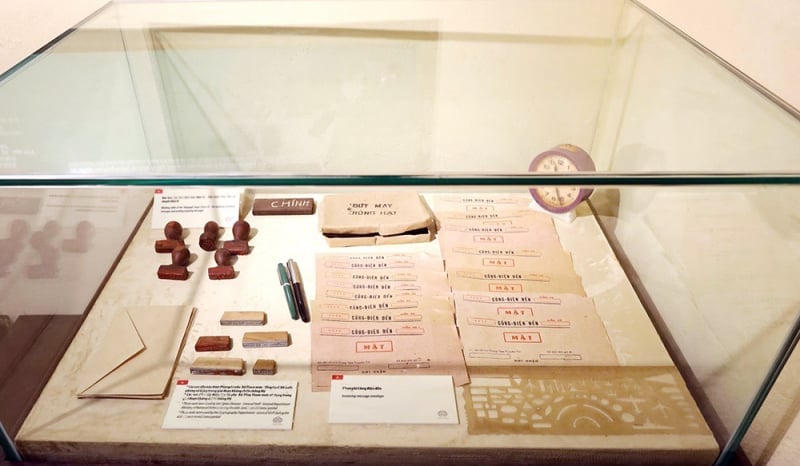






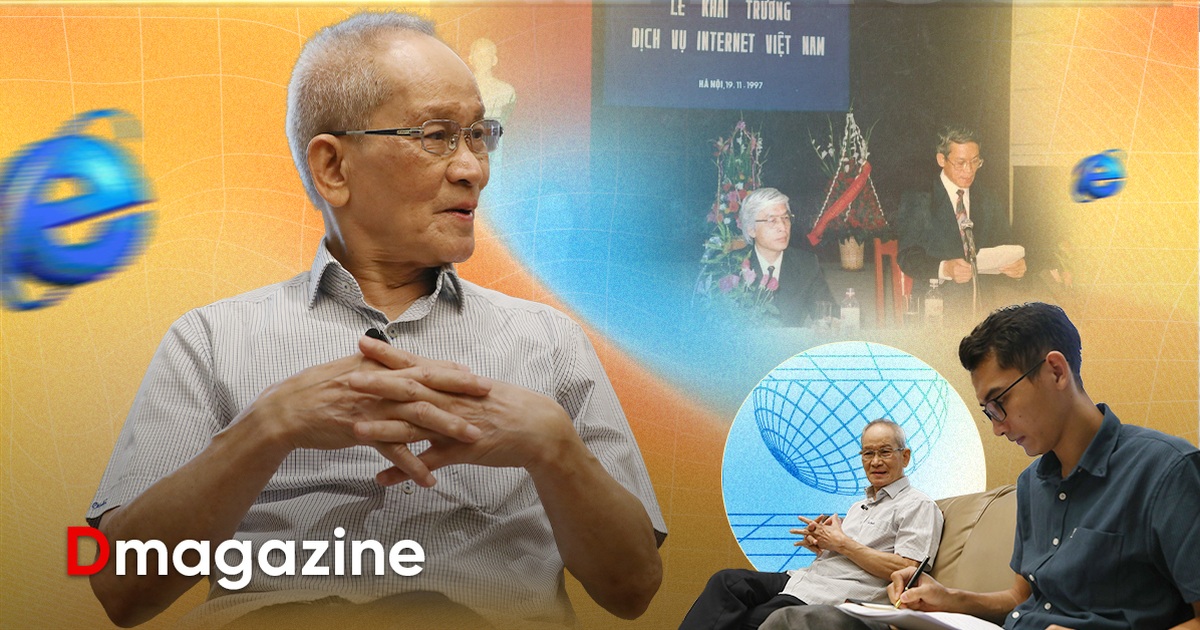





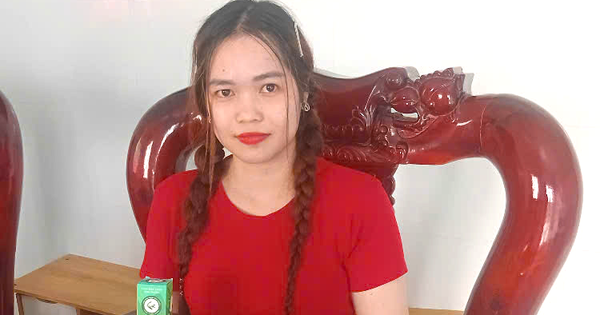












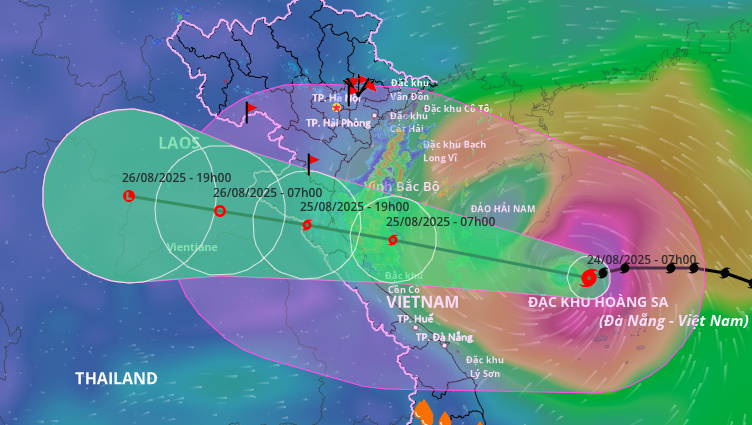



































Comment (0)